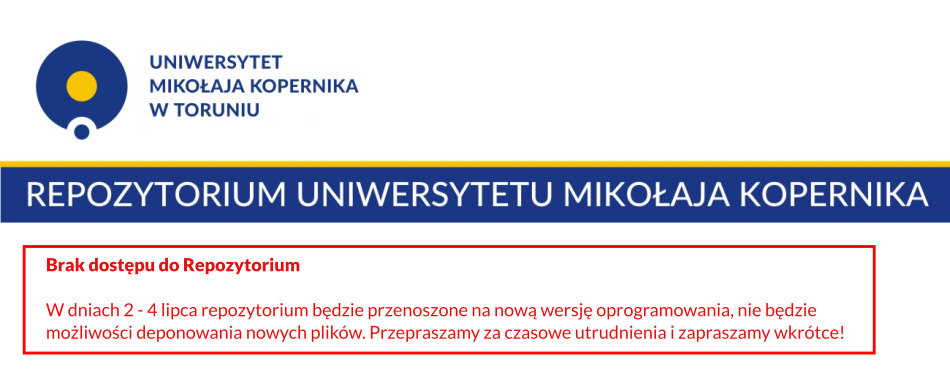| dc.contributor.author |
Hetman, Marlena |
| dc.date.accessioned |
2018-02-16T08:24:55Z |
| dc.date.available |
2018-02-16T08:24:55Z |
| dc.date.issued |
2017-12-21 |
| dc.identifier.citation |
Theoria et Historia Scientiarum, Vol. 14, pp. 167-179 |
| dc.identifier.issn |
2392-1196 |
| dc.identifier.other |
doi:10.12775/ths.2017.012 |
| dc.identifier.uri |
http://repozytorium.umk.pl/handle/item/5028 |
| dc.description.abstract |
“The past is the present, isn’t it? It is the future too. We all try to lie out of that but life won’t let us” (1989:75) remarks Mary Tyrone, the heroine of Long Day’s Journey Into Night. In the play, considered to be O’Neill’s opus magnum, the writer directly confronts the ghosts that have kept the cycle of his family trauma intact for generations. Tyrones’ / O’Neills’ family home continuously haunts its inhabitants, which results in their increasing alienation and inability to emotionally grow or connect. O’Neill translates this deeply personal process of breaking illusions, healing and forgiving against all odds into a cruelly authentic, literary portrayal of the human condition. In this article, I will argue that personal struggle is a signifcant notion not only in O’Neill’s drama but also generally in contemporary literature. The notion of trauma has been extensively interpreted by scholars in the social, anthropological and historical context. I will investigate, with O’Neill’s life and work as primary references, the personal / universal aspect of trauma, my primary research question being: to what extent can the ghosts of trauma be restrained by means of literature? |
| dc.language.iso |
eng |
| dc.rights |
Attribution-NoDerivs 3.0 Poland |
| dc.rights |
info:eu-repo/semantics/openAccess |
| dc.rights.uri |
http://creativecommons.org/licenses/by-nd/3.0/pl/ |
| dc.subject |
ghosts |
| dc.subject |
past |
| dc.subject |
time and space |
| dc.subject |
trauma |
| dc.subject |
biography |
| dc.title |
Eugene O’Neill and His Ghosts of the Past, Present and Future |
| dc.type |
info:eu-repo/semantics/article |


